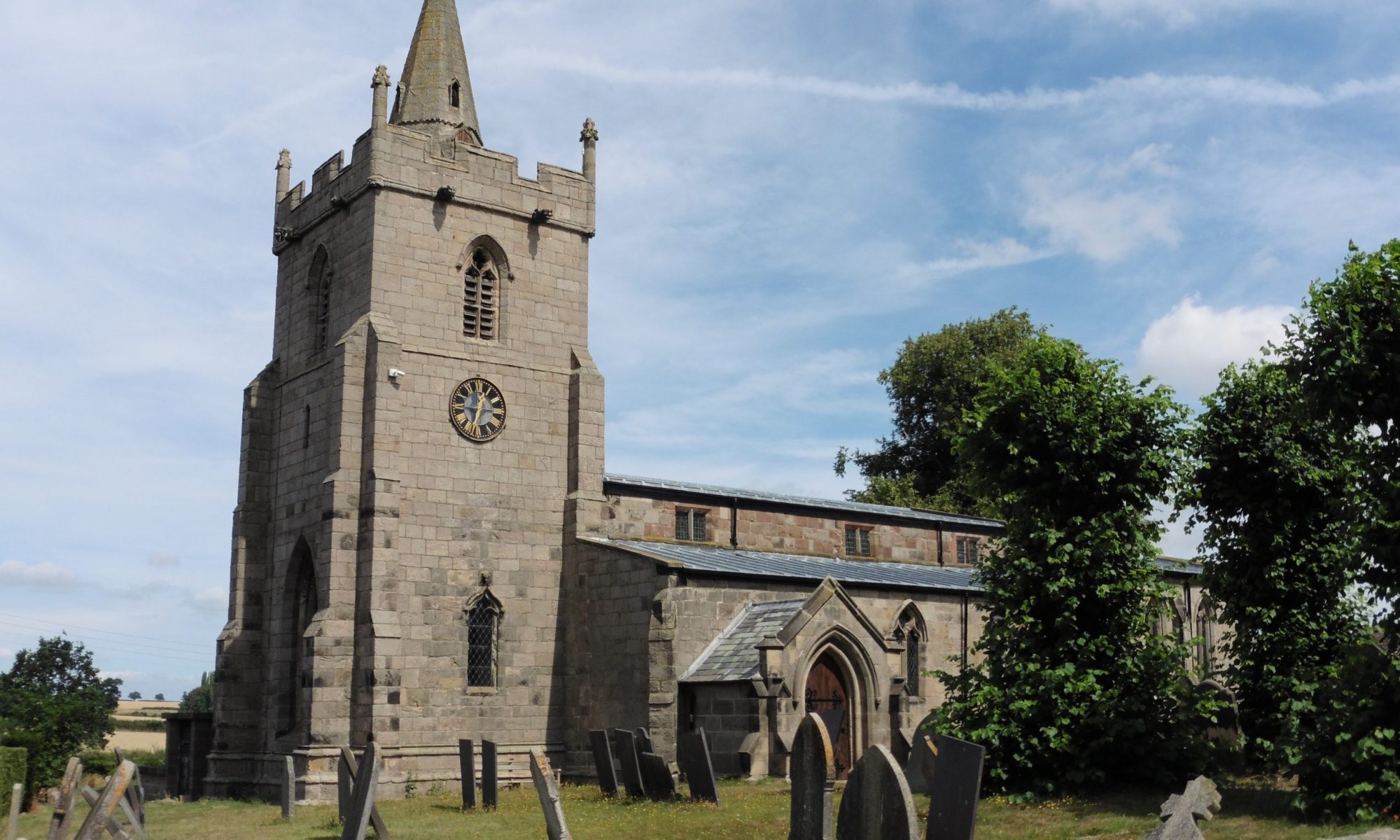At that time the enclosure movement was bringing about a big change in agriculture. Strips of land were exchanged so that owners held larger blocks that could be fenced in, and the common land was divided amongst these owners. People who held little or no land but had been allowed to graze their few animals on the common pasture were bought out by the bigger land owners and then employed as labour. People who had strips in several villages must have increased their holdings considerably, so one can see preliminary negotiations going on from 1758 in readiness for Church Broughton to be enclosed in 1775.
Farmers within the village bought and sold, but one yeoman from Doveridge called William Hopkins was very active. He bought land here and at Horninglow, between Tutbury and Burton, and he acquired the right to appoint the clergy. Most of the fields in Church Broughton are the same shape as shown on the 1626 map. 388 acres were enclosed in 1775, which formed extensive farms with 40 to 50 cows. The vicar held 84 acres and the Church 13, but the vicar also received Queen Anne’s Bounty.
After the enclosure, the roads were extended. However they were basically mud, covered with stones, and a notebook that was in the Church chest, listed payments for breaking stones at 1/8d a day (7p) and for filling in rits with gravel 1/4d a day in 1841. The poor state of the roads made it difficult to transport produce. A walk to the end of Dark Lane and up onto the airfield gives you an idea of a rutted road. The turnpike was made from Ashby, through Burton and Tutbury to Uttoxeter in 1753. After the canal was taken through Burton in 1756, cheese would be taken on packhorse or by cart to the canal.
